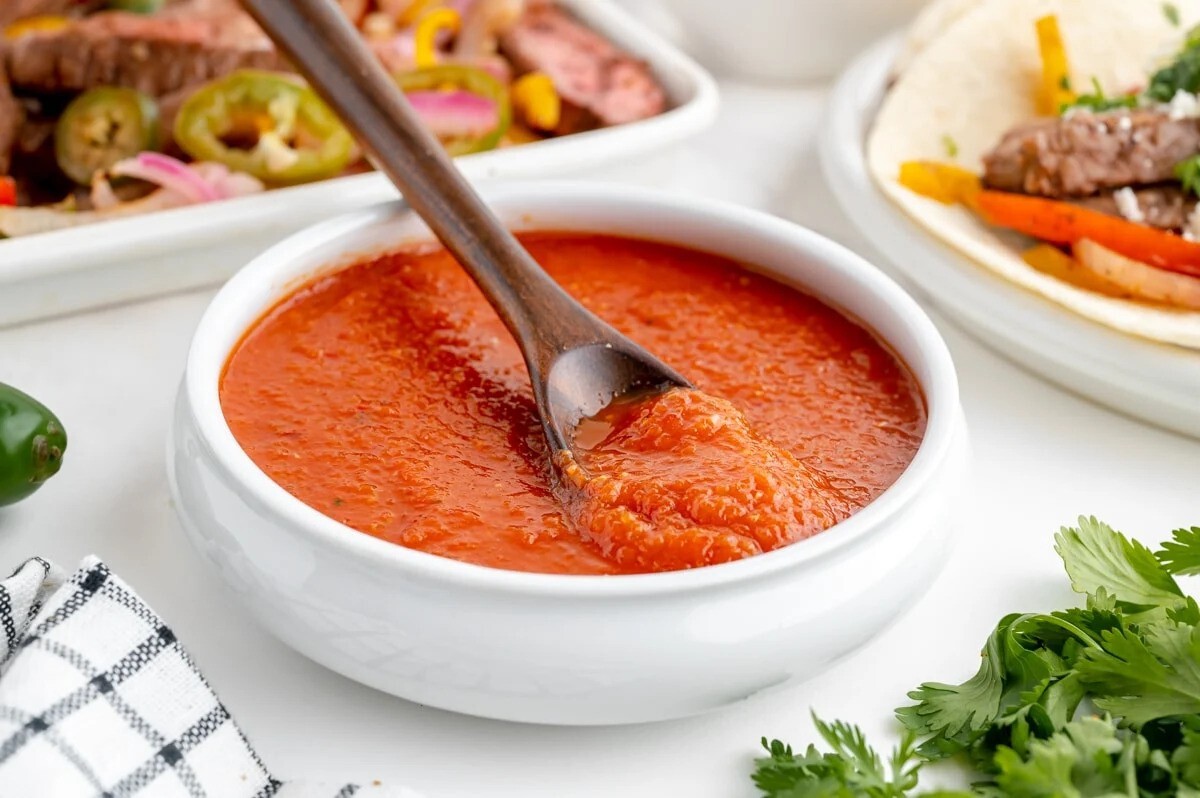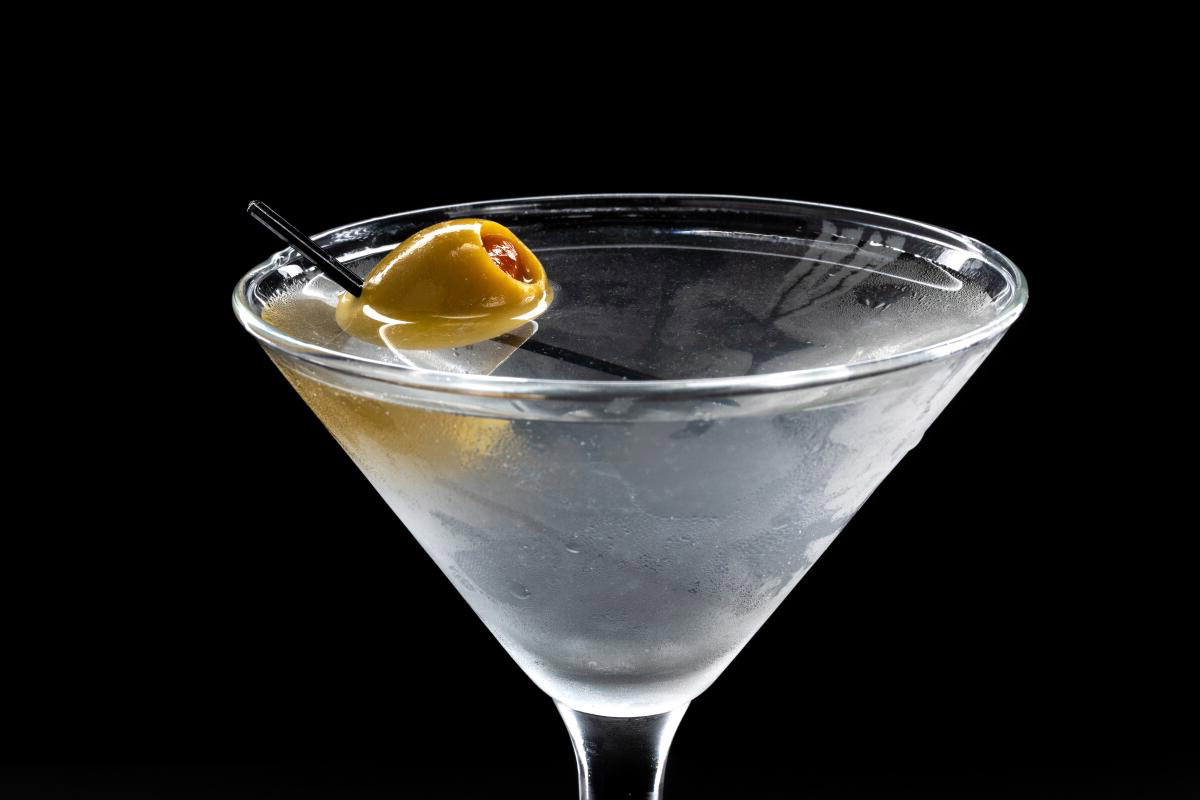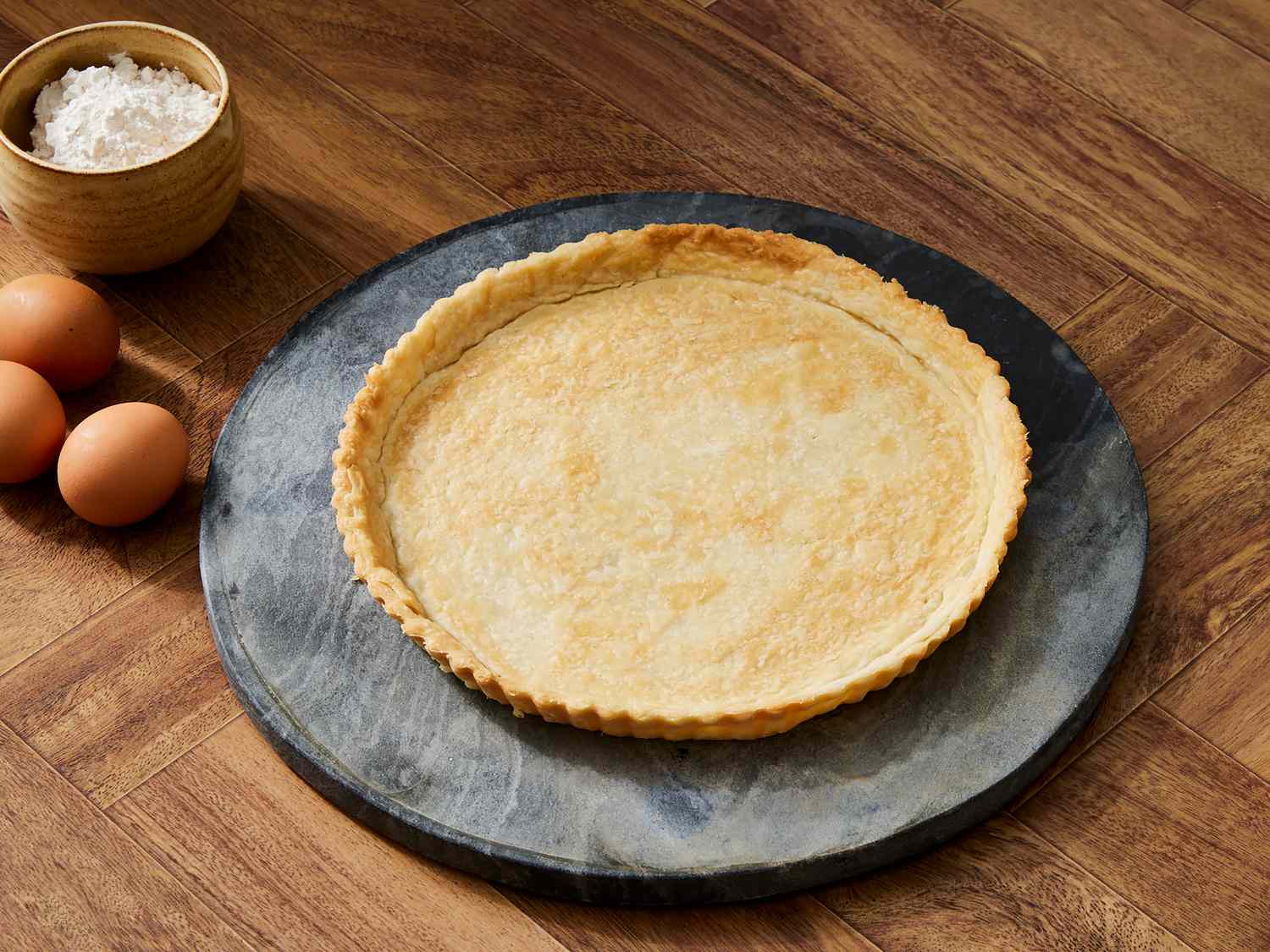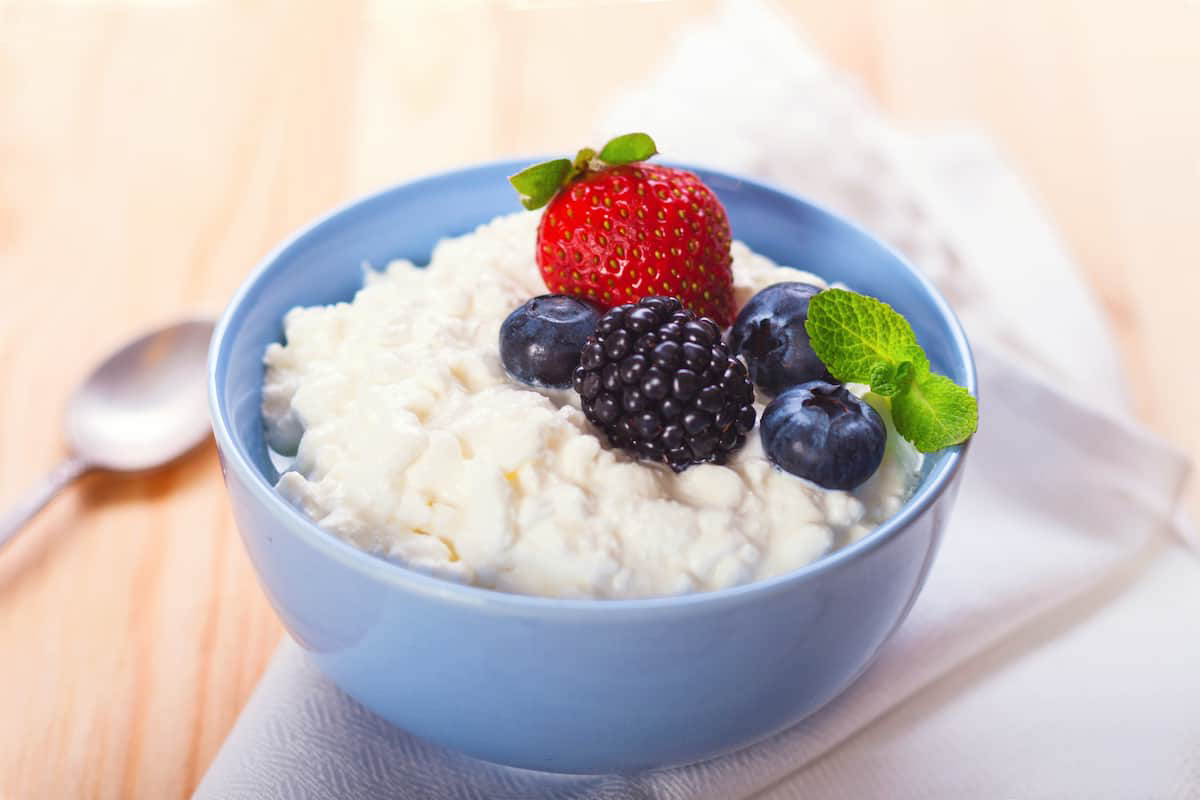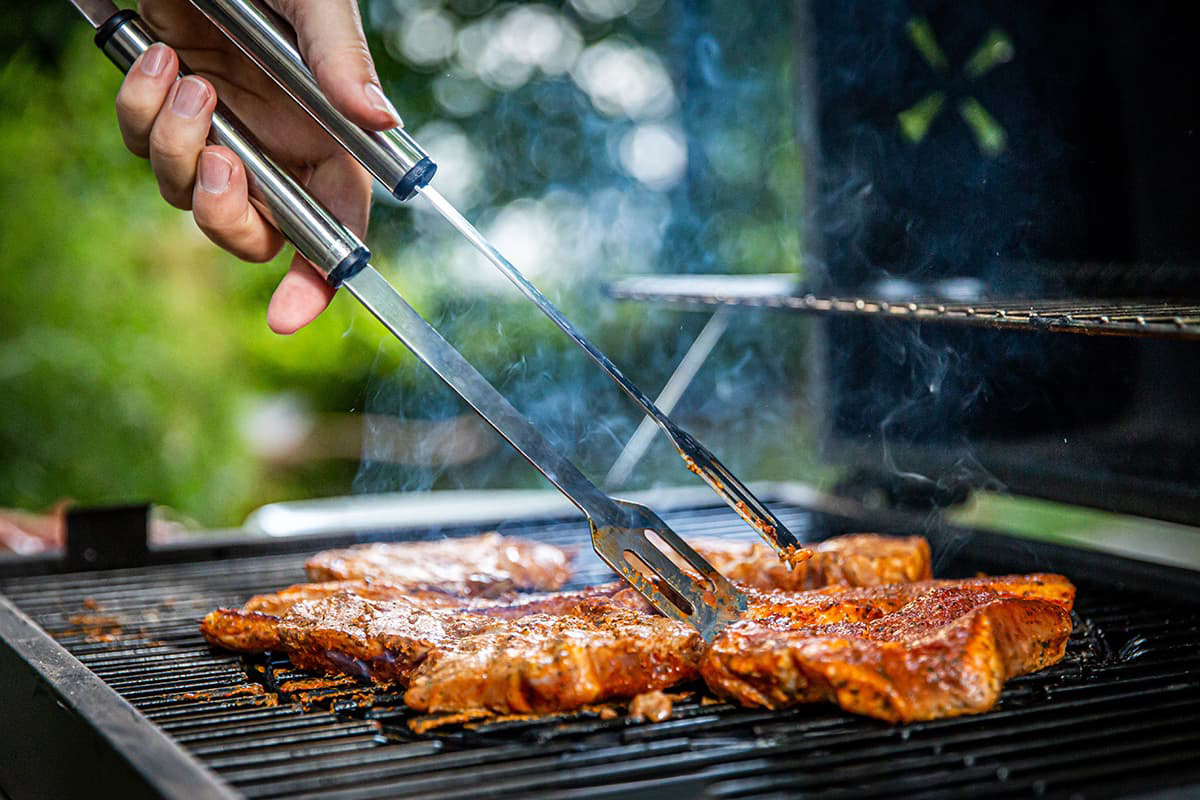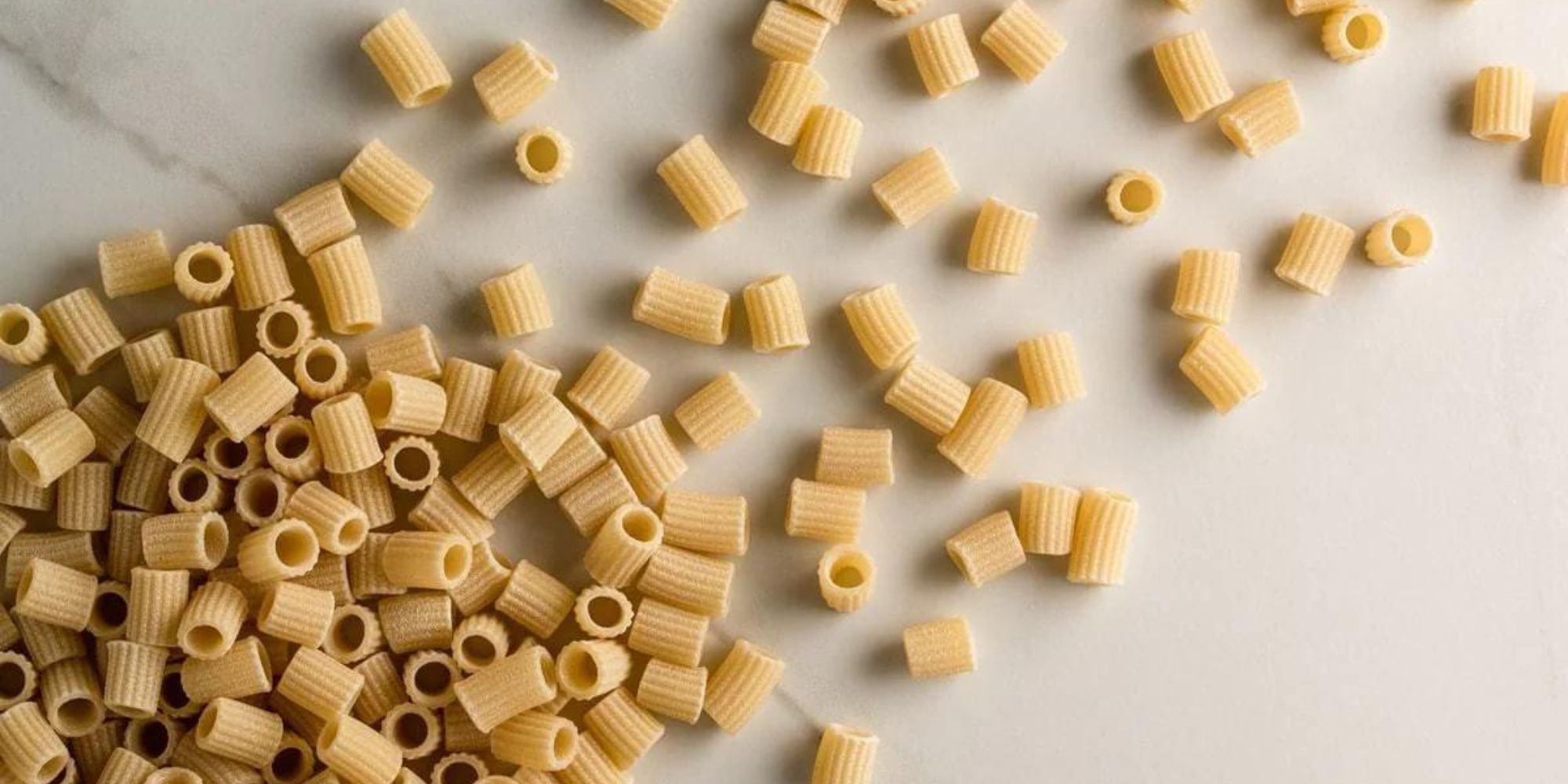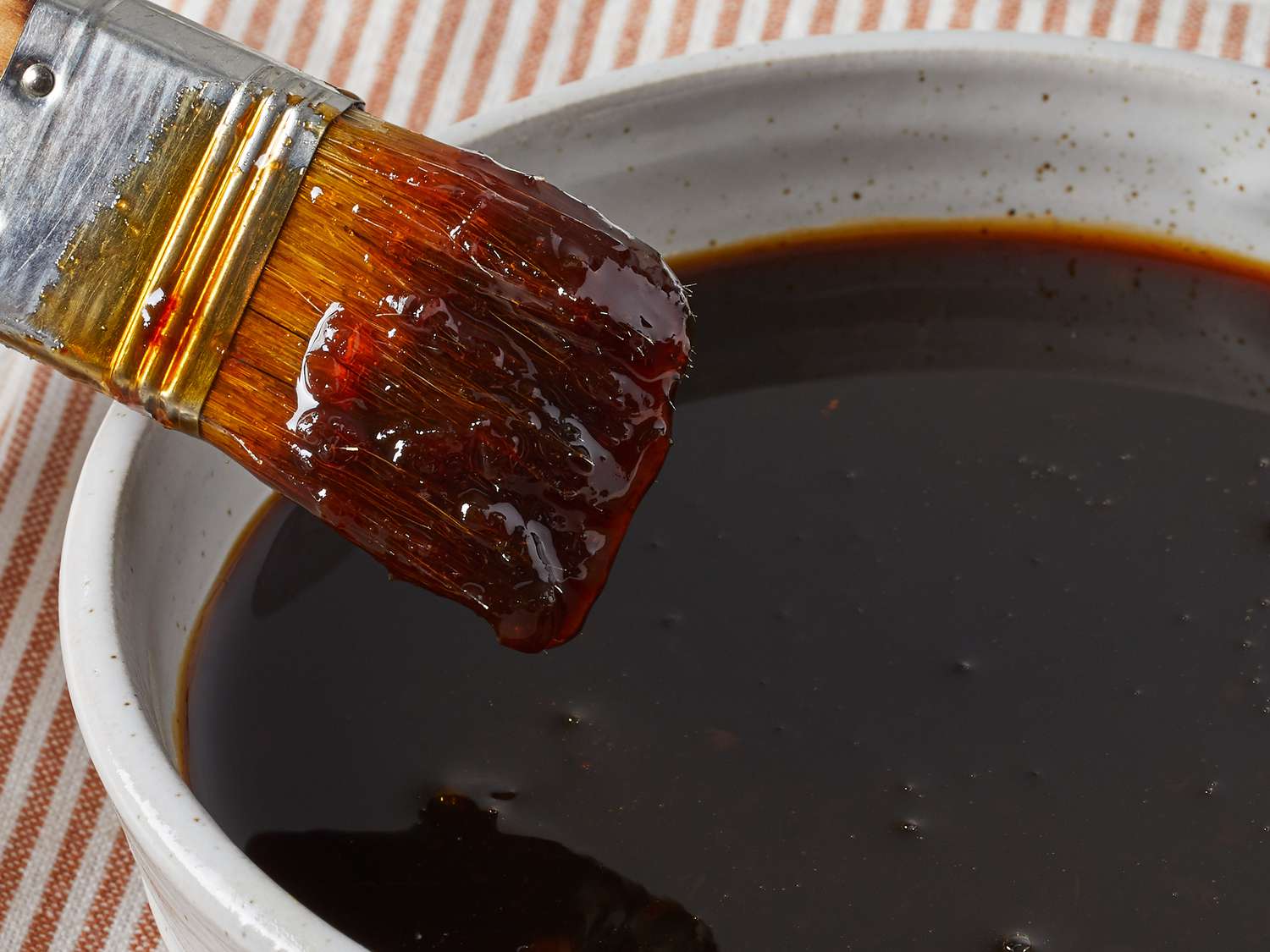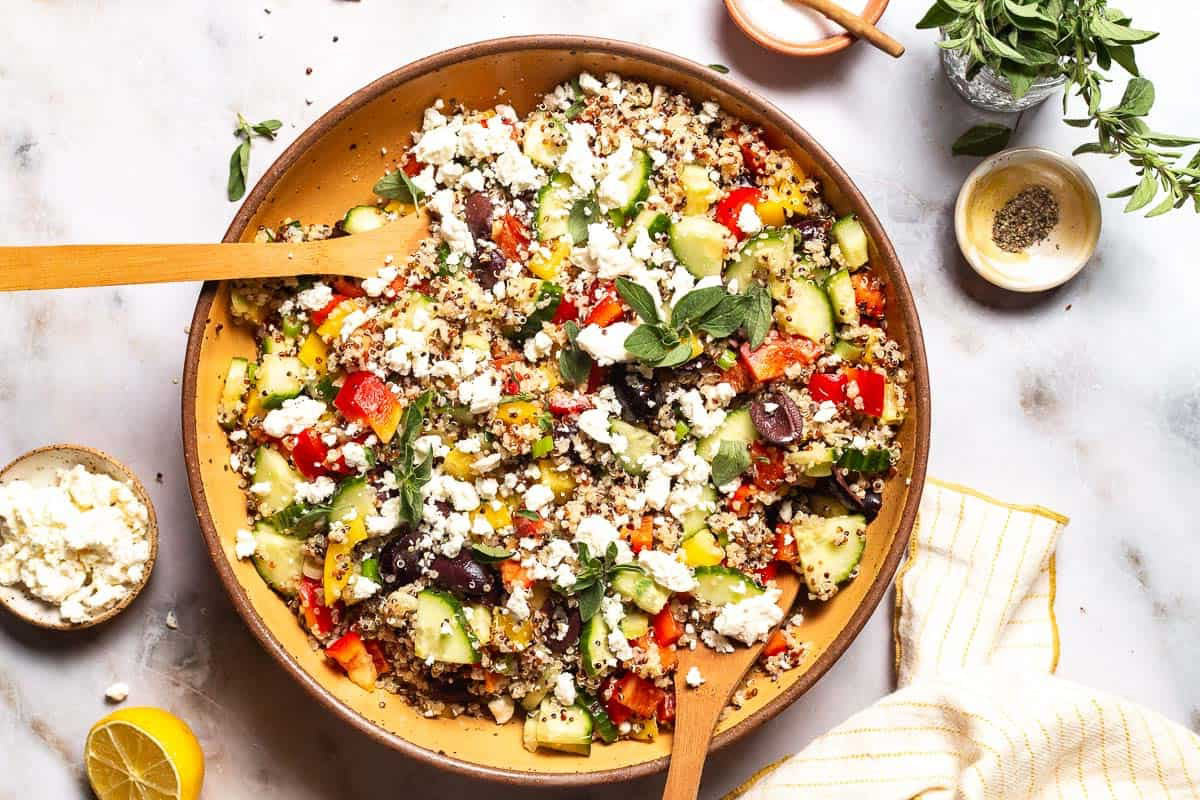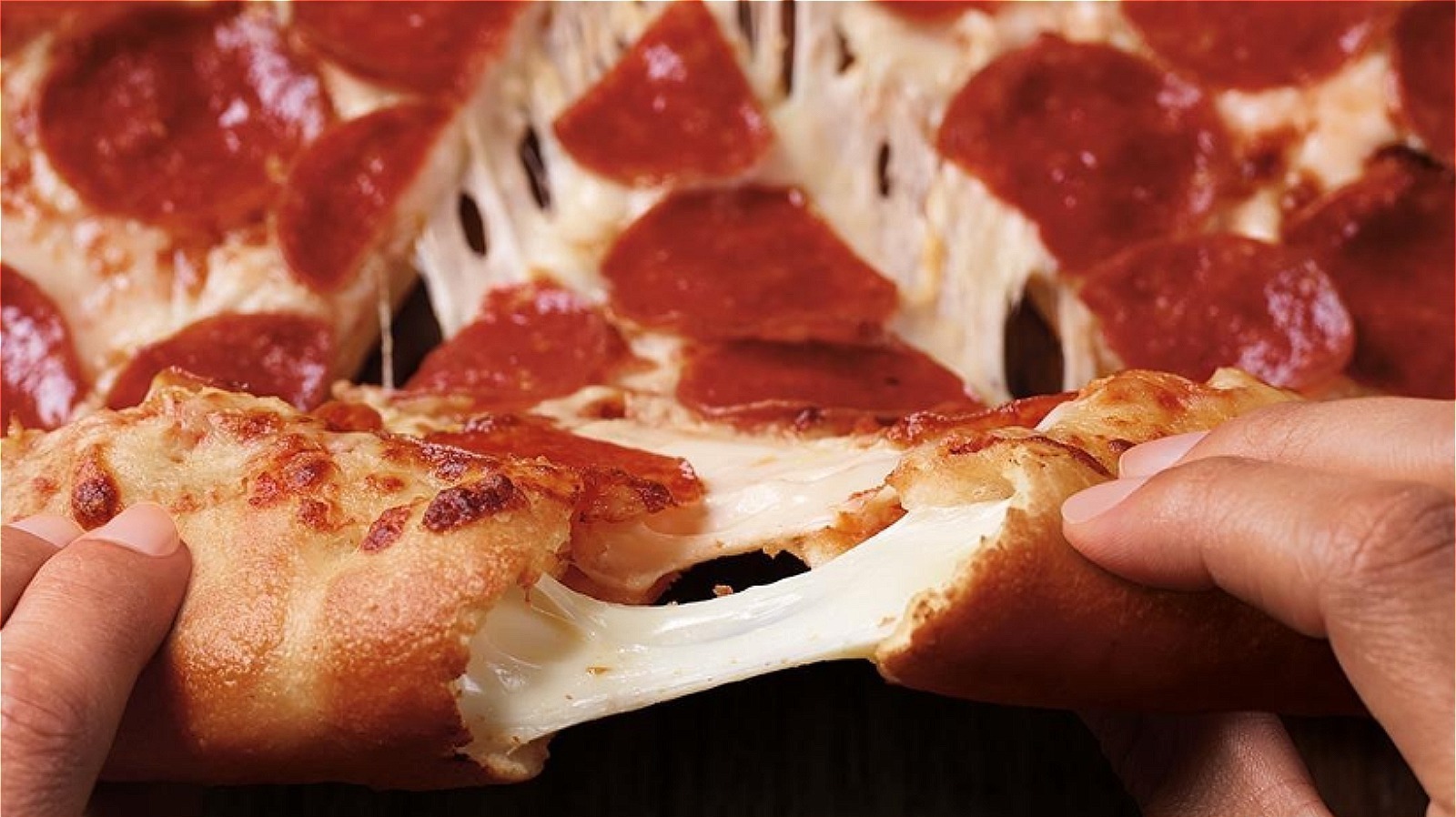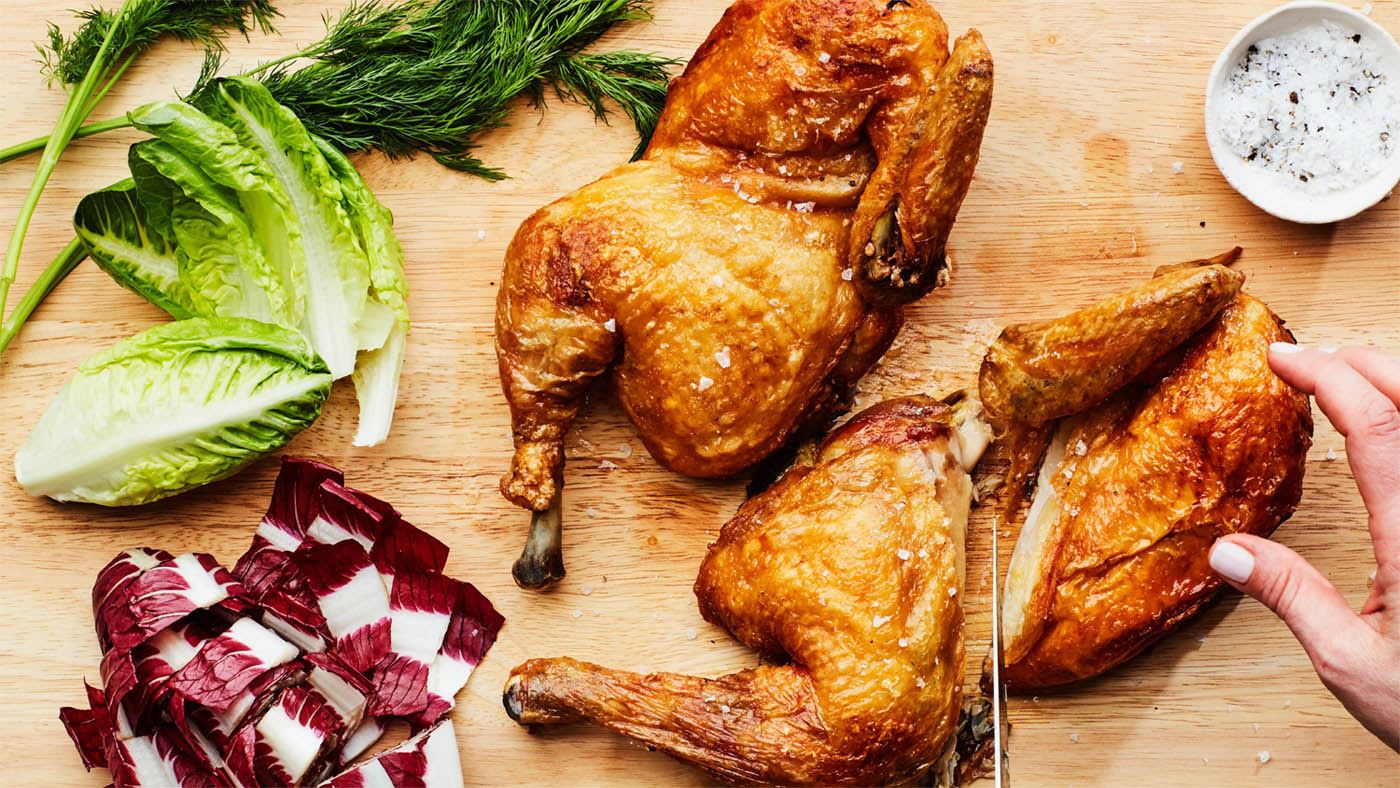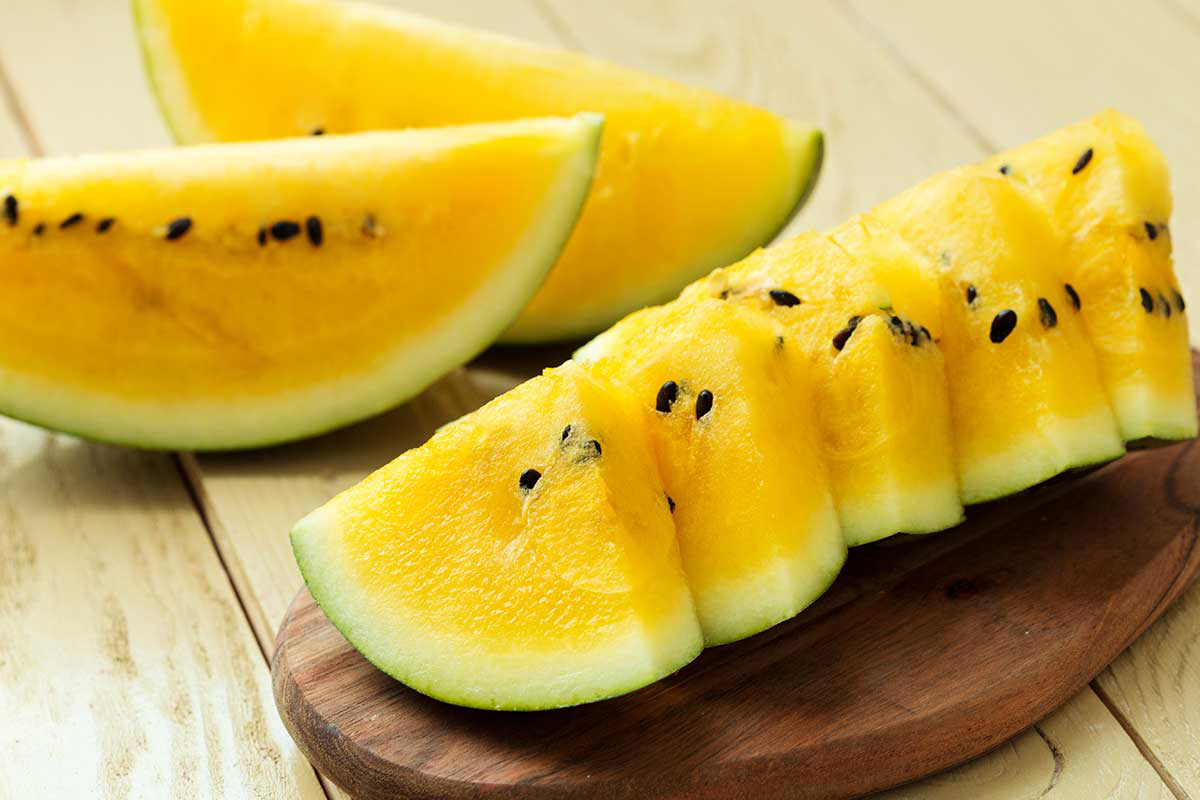When it comes to baking and cooking, light brown sugar is a staple ingredient that adds sweetness and depth of flavor to a wide variety of dishes. But what exactly is light brown sugar, and how does it differ from other types of sugar? In this article, we'll explore the origins of light brown sugar, its unique characteristics, and how it can be used in the kitchen.
What Is Light Brown Sugar?
Light brown sugar is a type of sugar that is commonly used in baking and cooking. It is made from white granulated sugar and molasses, which gives it its distinctive flavor and color. Unlike dark brown sugar, which contains a higher molasses content and has a stronger flavor, light brown sugar has a milder taste and lighter color.
Characteristics of Light Brown Sugar
Here are some key characteristics of light brown sugar:
-
Color: Light brown sugar has a pale brown color, which comes from the presence of molasses.
-
Flavor: It has a subtle caramel-like flavor, thanks to the molasses content.
-
Texture: Light brown sugar is soft and moist, making it easy to pack into measuring cups.
Uses of Light Brown Sugar
Light brown sugar is a versatile ingredient that can be used in a wide range of recipes. Here are some common uses for light brown sugar:
-
Baking: It is often used in recipes for cookies, cakes, muffins, and other baked goods to add sweetness and moisture.
-
Sauces and Glazes: Light brown sugar is a popular choice for making sweet and savory sauces and glazes for meats and vegetables.
-
Marinades: It can be used to add flavor and caramelization to marinades for grilled or roasted dishes.
Substituting Light Brown Sugar
If a recipe calls for light brown sugar and you don't have any on hand, you can make a substitute using white granulated sugar and molasses. To make one cup of light brown sugar, simply mix one cup of white sugar with one tablespoon of molasses until well combined.
Storing Light Brown Sugar
To keep light brown sugar fresh and prevent it from hardening, it should be stored in an airtight container in a cool, dry place. If it does become hard, you can soften it by placing a slice of bread or a damp paper towel in the container and sealing it for a day or two.
Conclusion
In conclusion, light brown sugar is a versatile and flavorful ingredient that is commonly used in baking and cooking. Its mild taste and caramel-like flavor make it a popular choice for a wide range of recipes. Whether you're making cookies, sauces, or marinades, light brown sugar is sure to add a delicious touch to your culinary creations. So, the next time you reach for a sweetener in the kitchen, consider reaching for some light brown sugar to add a hint of richness and depth to your dishes.
Was this page helpful?
Read Next: What Is Mariscos Estilo Nayarit
